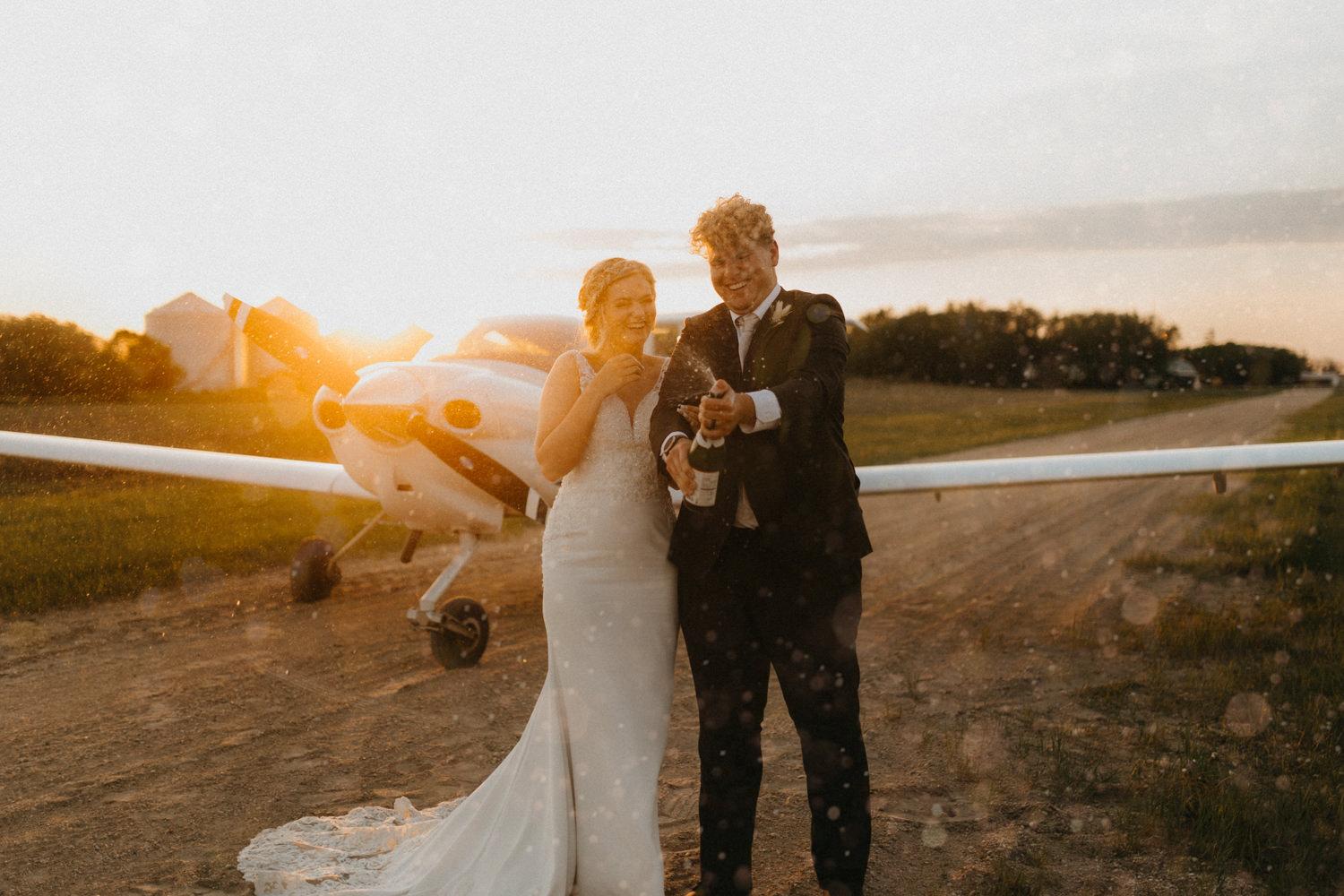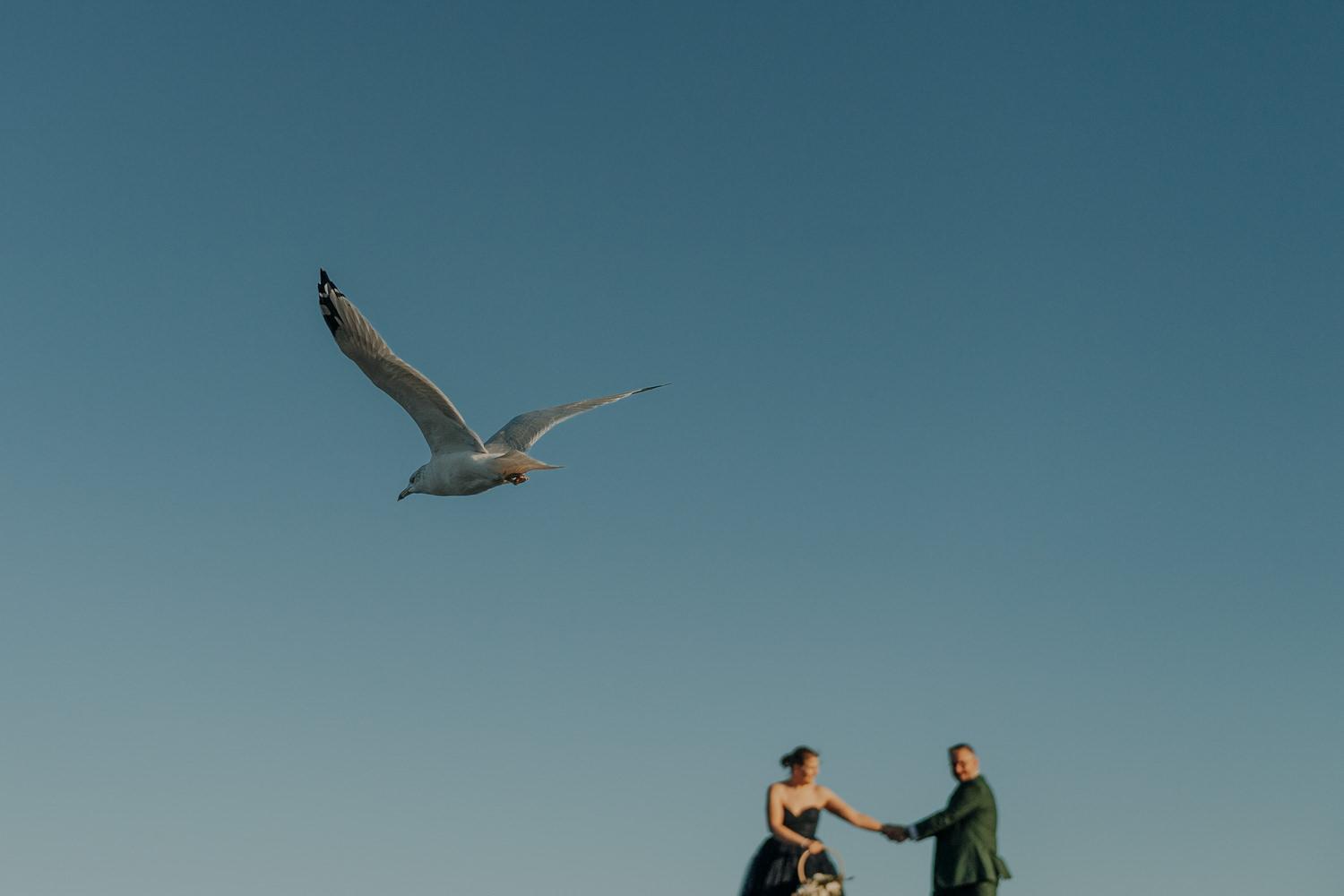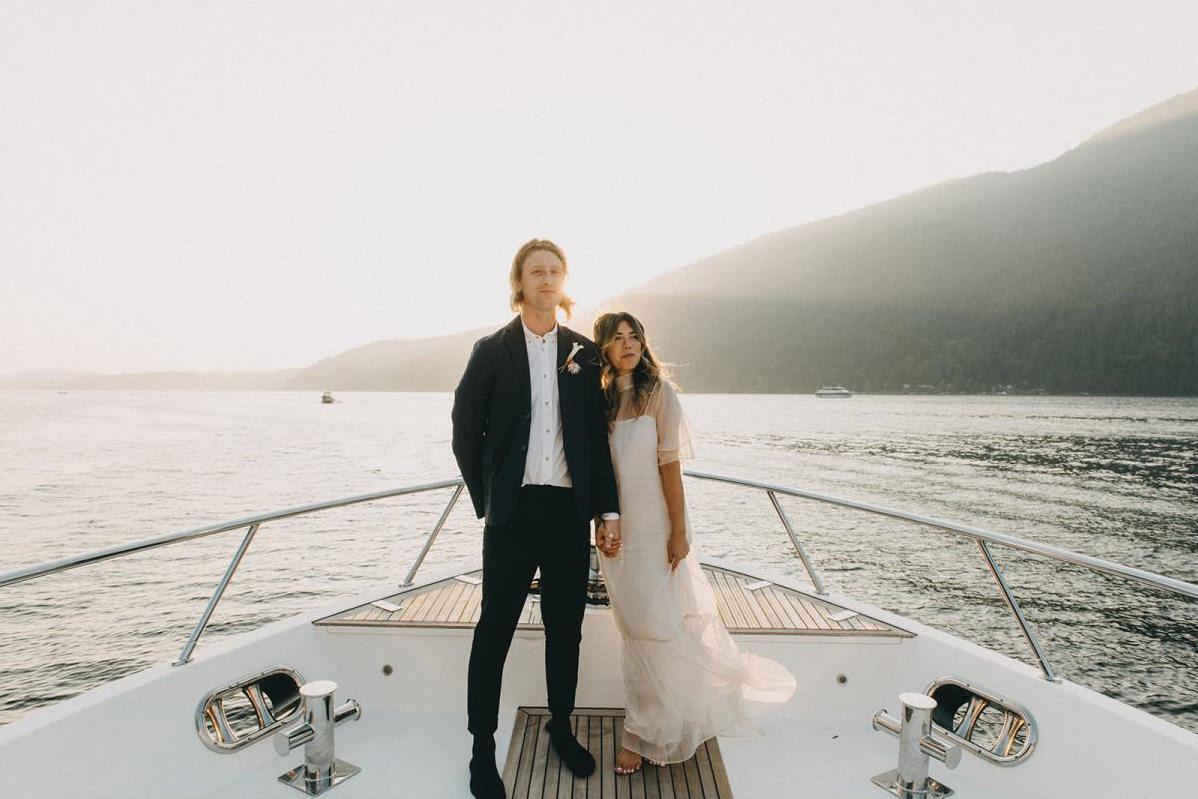What began as a symbolic ritual—and at times, a disturbing practice—has become a global industry. The honeymoon reflects how we think about marriage, intimacy, and escape.
Today, honeymoons are associated with beaches, passports, and luxury. But the tradition’s origins are far older—and far stranger. From bridal kidnappings to early attempts at cross-cultural diplomacy, the honeymoon has shifted dramatically in meaning and form. For Canadian couples, the honeymoon has become a flexible tradition—sometimes grand, sometimes modest, often deeply personal.
Here’s how the honeymoon evolved through history—and why it still matters.

The Dark Origins: Capture and Concealment
The earliest “honeymoons” weren’t about romance. In pre-Christian and tribal societies, particularly in parts of Northern Europe:
- Brides were sometimes abducted from rival villages.
- The groom would hide with the bride for a full moon cycle (~30 days) until her family gave up looking.
- During this time, they would drink a honey-based mead, believed to increase fertility.
The term “honeymoon” literally comes from “honey” (for sweetness) + “moon” (a full cycle). It was a euphemism for marital consummation and secrecy.
19th Century: Travel for Diplomacy and Social Display
In the 1800s, the upper classes in Britain and Europe began using the honeymoon as:
- A bridal tour to visit family who couldn’t attend the wedding
- A way to display the new couple’s wealth and refinement
- An excuse for romantic travel, often through France, Italy, or the countryside
This version of the honeymoon reflected the rise of leisure travel and social status—and was mostly limited to the elite.
20th Century: The Rise of the Romantic Getaway
After WWII, honeymoons became a mainstream ritual in North America, including Canada:
- Couples took trips to Niagara Falls, dubbed the “Honeymoon Capital of the World”
- Car culture and affordable flights opened up new possibilities for domestic and international travel
- The honeymoon became synonymous with privacy, passion, and luxury—a reward after months of planning
It also became a key part of the wedding industry economy, with dedicated resorts, packages, and registries.

Modern Honeymoons in Canada: Personal, Practical, and Varied
Today, honeymoons are increasingly flexible, inclusive, and customized:
- Some couples take a mini-moon immediately after the wedding and plan a larger trip later.
- Others skip the honeymoon for financial reasons, choosing to save or invest elsewhere.
- LGBTQ+ and intercultural couples may choose locations that feel safe, affirming, and respectful.
- Post-pandemic trends include road trips, staycations, eco-retreats, and off-grid adventures.
The honeymoon is no longer a requirement—it’s an opportunity for connection, designed entirely around the couple’s shared values.
Cultural Variations on the Honeymoon
- In Jewish tradition, the couple often celebrates Sheva Brachot: seven days of meals and blessings with family and friends.
- In Hindu weddings, some couples take pilgrimage trips to sacred sites after the ceremony.
- In many Indigenous communities, time spent together on the land or with Elders may mark the start of the marriage.
These alternatives show that the honeymoon isn't just about travel—it's about starting a life together in alignment with tradition and intention.
Photographers and the Honeymoon Story
While not always photographed, the honeymoon can still be captured meaningfully:
- Day-after sessions or “trash the dress” shoots in scenic locations
- Travel photography for couples who bring a pro with them
- More commonly, couples share candid phone photos—documenting relaxation, exploration, and joy
Some wedding photographers offer honeymoon photo packages—especially for destination elopements or travel-based celebrations.

Related Reading in the History of Weddings Series:
- The History of Elopements
- The History of the Wedding Reception
- The History of Marriage Across Cultures
- The History of the Wedding Industry
Continue Planning Your Wedding
Ready to dive into the details? How to Find the Perfect Wedding Photographer: The Ultimate Guide to Making the Right Choice